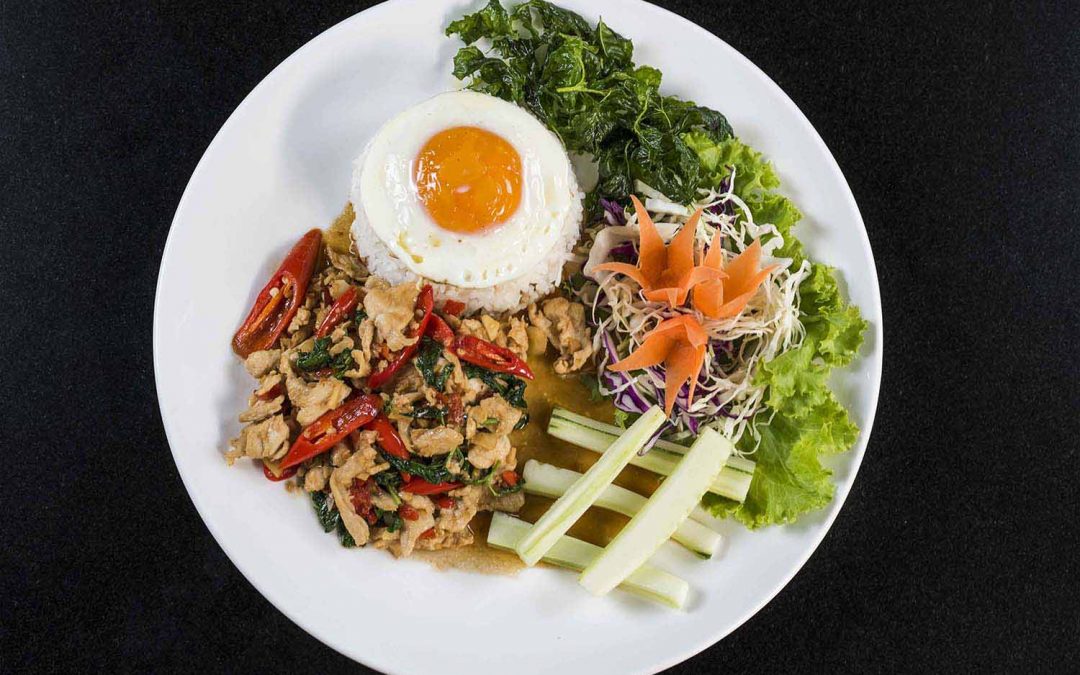Thai food is regarded by many around the world to taste amazing. Lovers of spicy, sour, sweet, bitter, and savory foods can all appreciate that Thai delicacies have all of the above. However, the customizability of Thai food is also something worthy to note of. You can add to the different elements or take away whatever you want to a Thai dish that you feel would taste awesome, which, more often than not, will get you the result you’re looking for.
With that said, here are the five elements to a Thai dish you can customize to help cater the food to your taste buds.
1. Salt
In most cases, Thai dishes do not precisely use salt to help salt their dishes. Instead, salty elements such as fish sauce, shrimp paste, and other kinds of salty ingredients are used to salt along with another layer of flavor to the dish. If you find that a food item is a little too sour or sweet, adding fish sauce can help counteract the overpowering flavor to balance everything out.
2. Bitterness
Some Thai dishes enhance the bitter-side of things. Vegetables, spices, and herbs used in some dishes can add a little tinge of bitterness to the recipe, while other stars of the food, such as bitter gourd (hence the name), can make the dish way too bitter for some. Of course, if you want to manipulate this element of a meal, you can do this by adding other ingredients to the food.
For example, if you find that a food item is too bitter, you can get away by adding more salt or sugar. In most cases, you’ll add in sugar, as that’s the most effective ingredient. However, salt is also very good at counteracting the bitterness, and will more often than not turn a bitter dish sweet.
3. Sweetness
If there is one flavor Thai dishes are prominent for other than spice, it is sweetness. A lot of Thai dish is sweet in one form or another, and that’s achieved through the use of different kind of ingredients. Of course, the most apparent element is sugar, but this sugar can come from many sources, most notably palm and fruits in Thai cooking. If you feel like your food item is a little too sweet to enjoy, adding a sour element can help cut down the sweetness. You can also add a spicy or a bitter component to the dish that’ll also help reduce the sweetness of the meal.
4. Sourness
Another layer of flavor that Thais cannot skip is the sourness. Sourness makes a food taste more vibrant and bright, something the Thais love. They achieve this flavor by using, you guessed it, lime or lemon. Sometimes, tamarind can also be used as an ingredient to add a sour element to a dish. If your meal is lacking sourness, add more lime or lemon. However, if it is too acidic, adding sugar can cut off the edge of the flavor.
4. Spice
Thai people love their spicy food, and you can tell by how much some tend to put in their Thai dishes. Some even take up spicy food a level by coating dishes with just pure red. Even when a foreigner asks to put little to no chili into their order, a Thai chef may still make it sometimes too spicy, because their standard of “little” is different. With that said, many Thai dishes are spiced up not only with chilies. Some use curry pastes, ginger, garlic, pepper, and the likes to add that spicy flavor.
All these elements—salty, spicy, sour, bitter, and sweet—are what Thai foods are based on. It is what makes these dishes genuinely unique, each serving a combination of at least two of the above flavors. Now that you know how each of the flavors is added and how you can customize them, you can take the right actions to make sure your Thai food tastes just the way you want it. The Thai people know this, too, with many of their restaurants offering the different elements in small baskets placed on tables to add to your dishes.
If you are looking for good food in Bangkok, get in touch with us today to book your table!

